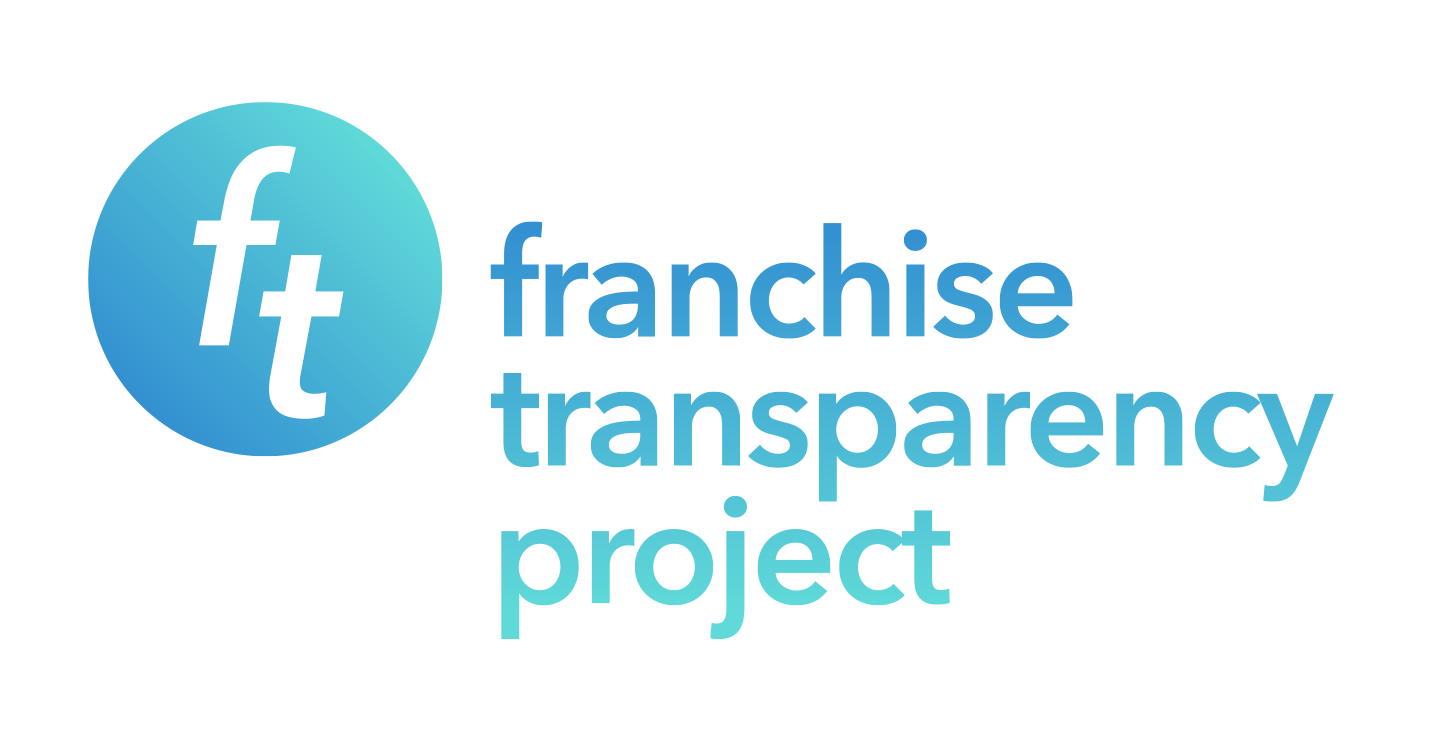
How much or how little competition exists for the franchise concept AND market you’re considering to base your operation? Does competition actually matter?
In our seminal guide Franchising: Decoded and Demystified we address competition in two areas.
The first as Mystery #10 – Competition Mirage or Material. The second as External Factor #5 Competitive Climate.
Competition is a Mystery because all businesses have competition and we’re taught to understand the less you have the better. But to understand the essence of competition and its potential impact on your business is far more nuanced.
It’s also an External factor with quantifiable inputs because if it’s determined competition is material to your business, there’s a way you can do the arithmetic to find if the math makes sense.
The Gray Area of Competition
Lack of direct competition could mean a developing market with tons of potential, but it could also signal there is a limited market with very little potential. On the other hand, there could be a great deal of competition and yet plenty of opportunity for a healthy new franchise unit.
Competition can also work in a more traditional sense, when there are either too many or too few providers for the demand in a market. For example, we saw a recent cycle of frozen dessert franchise concepts running up against a saturation of service providers beyond the actual demand. Interestingly, many of the franchisees we talk to say external competition is not a major challenge and, in many cases, they found greater demand than they alone could serve.
When an Internal Factor creates External Competition
There are cases when the internal factor of a franchisor turning their attention to other business priorities can create an external issue of increased competition. This can happen with multi-brand companies in which your franchise company may be one brand among several non-franchise brands in the portfolio. In these instances, focus and resources tend to go to the brands who need it rather than where you want it to go. Missing leadership or severely stretched resources in key operational areas can also create this circumstance. Reminder, how the Franchisor runs their business is the context for yours.
Focus on differentiators.
Rather than focusing only on raw competition, which is certainly something to consider, it is key to focus on competitive differentiators. How easy is it to recognize and explain how your business is different (and better) than other service providers in the market? There are many types of differentiators, both internal and external.
Examples of external differentiators could include the quality, performance, specialized market segments or price of the product or service itself. Internal differentiators can include the experience and past success of the franchise’s leadership team, the franchisor’s organizational priorities, franchisee engagement, or the franchisor’s established operational systems. Differentiators come in many, many forms, and not all are relevant to every prospective franchisee.
The bottom line is that you should focus on what makes a concept stand out to you, so it will be easier for you to articulate these competitive differences to your employees, prospective employees and potential customers. This will also make it more straightforward to understand how and where to focus your efforts, who you really serve, and why.
Want to have a concept evaluated for competitive impact?
Contact the CFT for a FREE concept evaluation!







